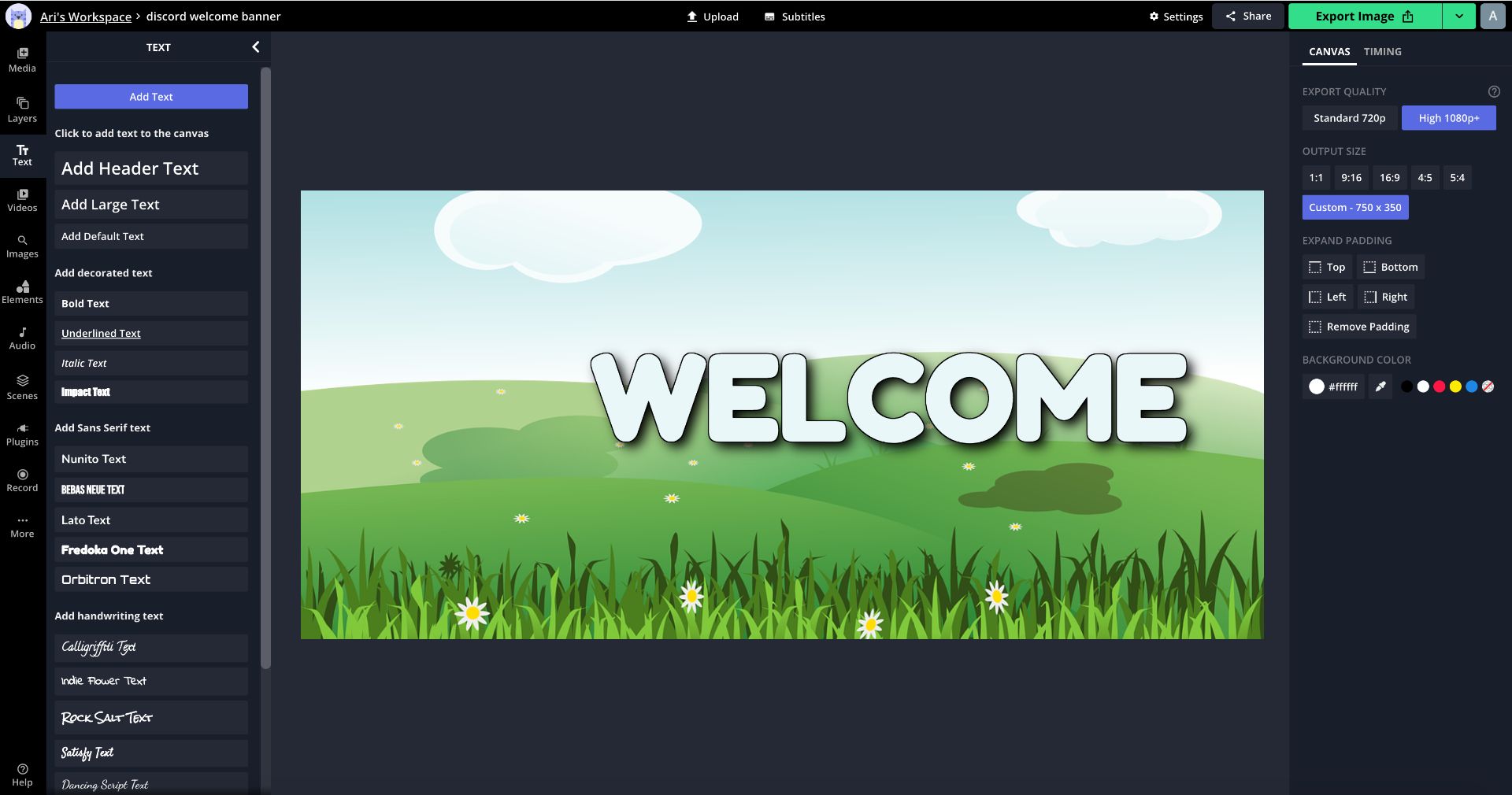

AI agents and Large Language Models (LLMs) each play distinct roles in the world of artificial intelligence. LLMs are like the brains of AI, focused on understanding and generating text. They're great at language processing, creative writing, and answering questions. They thrive on data, absorbing vast amounts of information to produce human-like responses.
Language Mastery: Understand and generate text with human-like proficiency.
Creative Tasks: Write stories, poems, or even code snippets.
Answering Queries: Provide answers based on information they've learned.
Language Translation: Convert text between different languages.
AI agents, however, are more hands-on. They don't just understand; they act. These agents are designed to perform real-world tasks, making decisions, and taking actions based on the information they gather. They perceive, decide, and execute tasks in dynamic environments.
Task Execution: Perform tasks beyond just understanding text.
Decision Making: Analyze situations and make informed decisions.
Dynamic Interaction: Engage with the real world and adapt to changes.
Complex Problem Solving: Break down issues into manageable parts.
AI agents and LLMs excel in different areas. LLMs are all about understanding and generating text. They're like language experts, equipped to handle creative writing, language translation, and answering questions. They work with vast data to give human-like responses.
AI agents, on the other hand, are action-oriented. They're built for decision-making and interacting with real-world environments. They don't just process information; they act on it. This makes them perfect for tasks that need reasoning and dynamic interaction.
Decision-Making: AI agents analyze situations to make informed choices. LLMs focus on text and don't have decision-making capabilities.
Memory Use: LLMs have limited memory, impacting their ability to remember past interactions. AI agents use memory to learn and adapt over time.
Interaction: AI agents engage with real-world tasks, adapting to changes. LLMs are confined to text processing and lack real-world interaction.
Imagine a scenario where you need a tool to write an engaging blog post. An LLM would be ideal, thanks to its language mastery. But if you need a system to manage your schedule or automate tasks, an AI agent would shine with its ability to plan and execute.
LLMs and AI agents form a powerful duo in the tech world. LLMs excel at processing and generating text. They handle language tasks with ease, offering human-like responses. AI agents, on the other hand, are action-oriented. They take in information, make decisions, and execute tasks. When combined, these two technologies complement each other beautifully.
Think about customer support systems. With LLMs, you get smart, context-aware responses. AI agents can then take it further by managing tickets, scheduling follow-ups, or even handling simple transactions. This integration makes customer interactions smoother and more efficient.
Enhanced Customer Support: LLMs provide detailed responses, while AI agents manage tasks like ticketing and scheduling.
Dynamic Task Management: LLMs understand instructions, and AI agents execute them in real-time.
Personalized Recommendations: LLMs analyze user preferences, and AI agents adjust services or products accordingly.
Consider an e-commerce platform. LLMs analyze customer queries and preferences, crafting personalized recommendations. An AI agent can then adjust the marketing strategy or tweak product displays based on that data. This synergy maximizes user satisfaction and boosts sales.
For those interested in exploring how such integrations can be managed effectively, Mee.fun provides a comprehensive platform that supports the creation and management of AI agents. This platform emphasizes the importance of collaboration and reward systems to foster a productive culture, making it a valuable resource for businesses looking to leverage AI technologies.
Combining LLMs and AI agents offers a robust system where language meets action, enhancing functionality across various applications. It's a partnership that brings out the best in both technologies, creating more efficient and responsive systems.

LLMs and AI agents each bring distinct capabilities. LLMs master language, turning data into natural responses that mirror human communication. Their strength lies in processing and creating text.
AI agents focus on taking action. They process information and turn it into decisions and results. This makes them valuable for tasks that need real-world interaction.
Summary:
LLMs' Strengths: Process language naturally and create human-like text. They answer questions and craft content with precision.
AI Agents' Role: Take action in real environments. They process information and execute tasks based on their understanding.
Synergy: LLMs and AI agents complement each other perfectly. LLMs handle communication while AI agents execute tasks, creating seamless operations.





